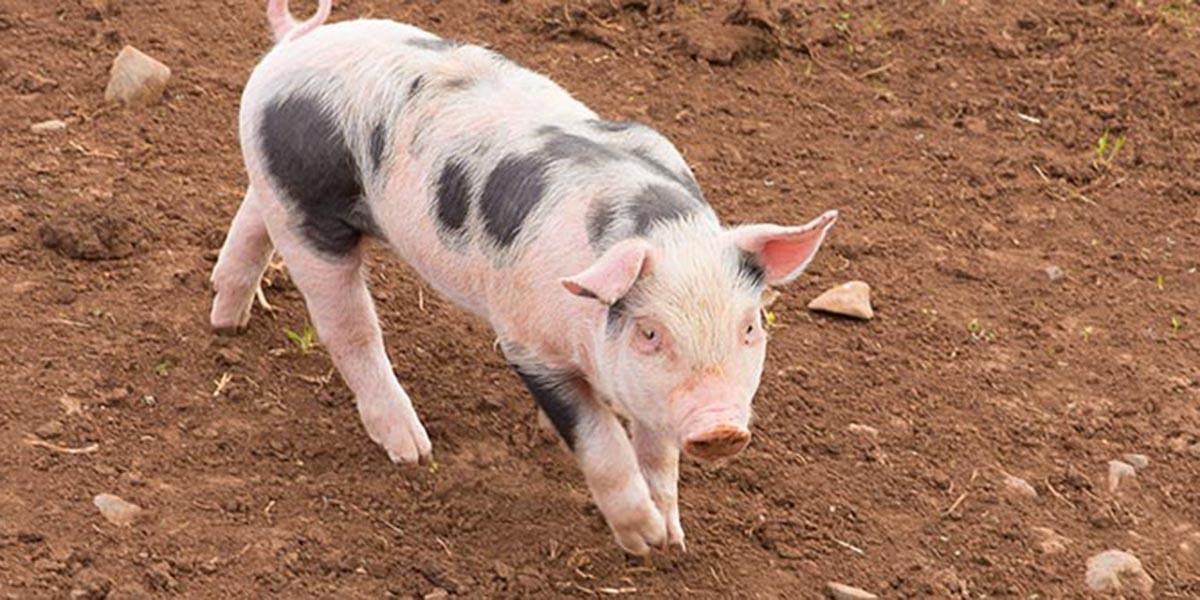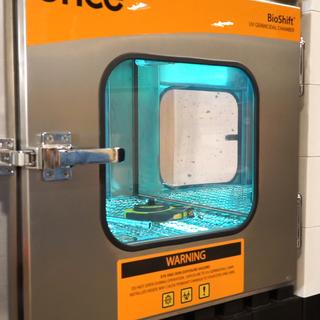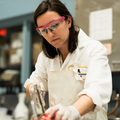Researchers at the University of Minnesota Swine Disease Eradication Center set out to develop best practices for ultraviolet (UV) germicidal chambers—also known as UV boxes—which are commonly used by producers to sanitize objects that could introduce disease into farms. Despite its popularity as a biosecurity method, little was known about how effective the technology was in practice—until now.
“UV decreases the risk of introducing a pathogen to a farm, but it does not guarantee it,” says Montserrat Torremorell, DVM, PhD, an associate professor in the Department of Veterinary Population Medicine (VPM), who designed the project.
The researchers aimed to understand how UV chambers were being used and how effectively they eliminated E. coli. What they found was striking: among the 48 operations evaluated, just one was able to completely eliminate E. coli on a controlled sample. There was also significant variability in the protocols, procedures, and UV box sizes being used by each operation.
Armed with a better understanding of these factors, Torremorell and her team in collaboration with the Center for Animal Health and Food Safety (CAHFS) created educational protocols to make sure farmers are using UV sanitization to its fullest potential. Step-by-step videos and pamphlets in both English and Spanish explain the correct way to position an object in the chamber, and remind UV box users to keep bulbs free of dust and to change them regularly.





